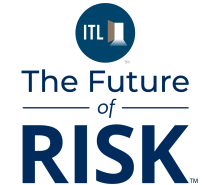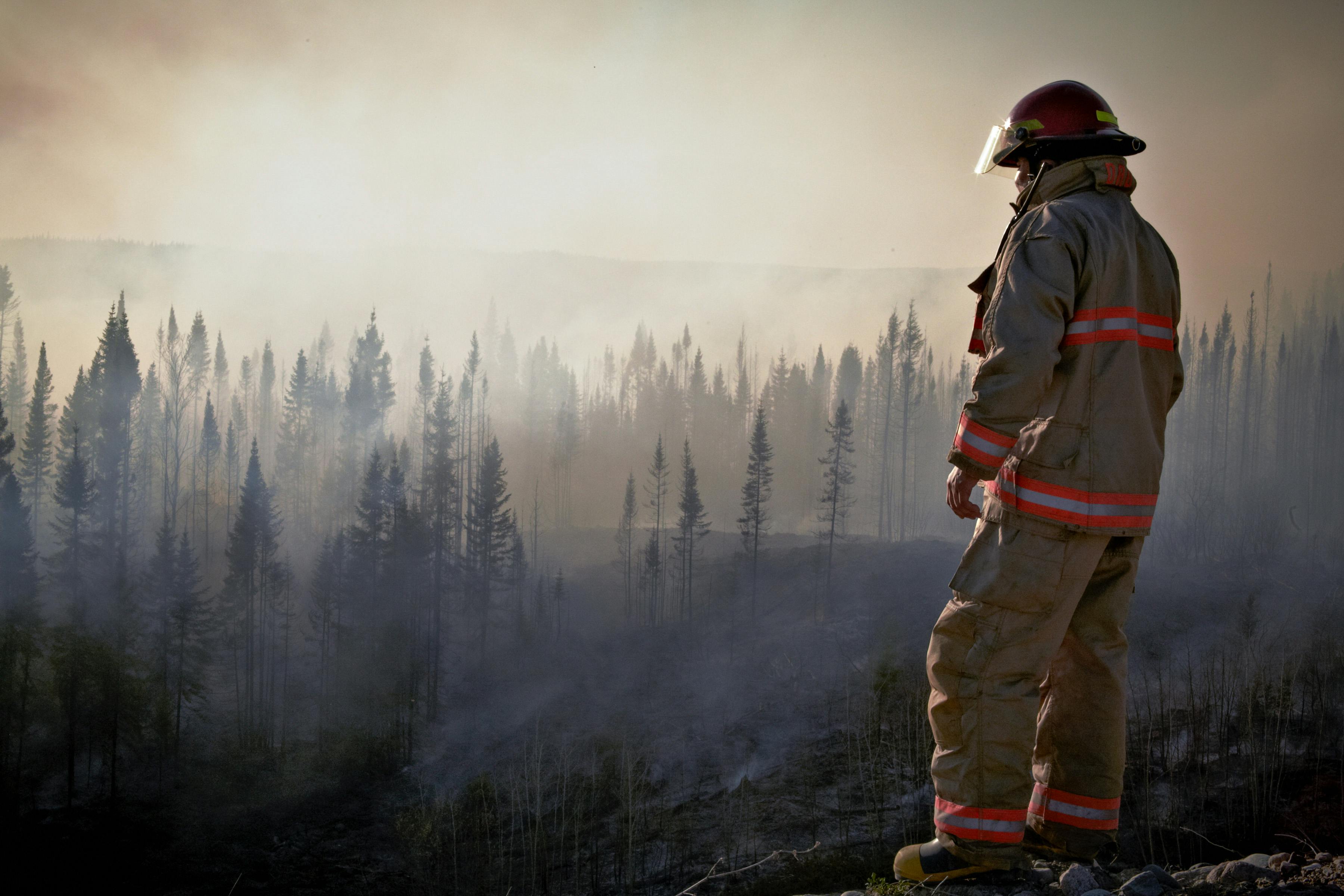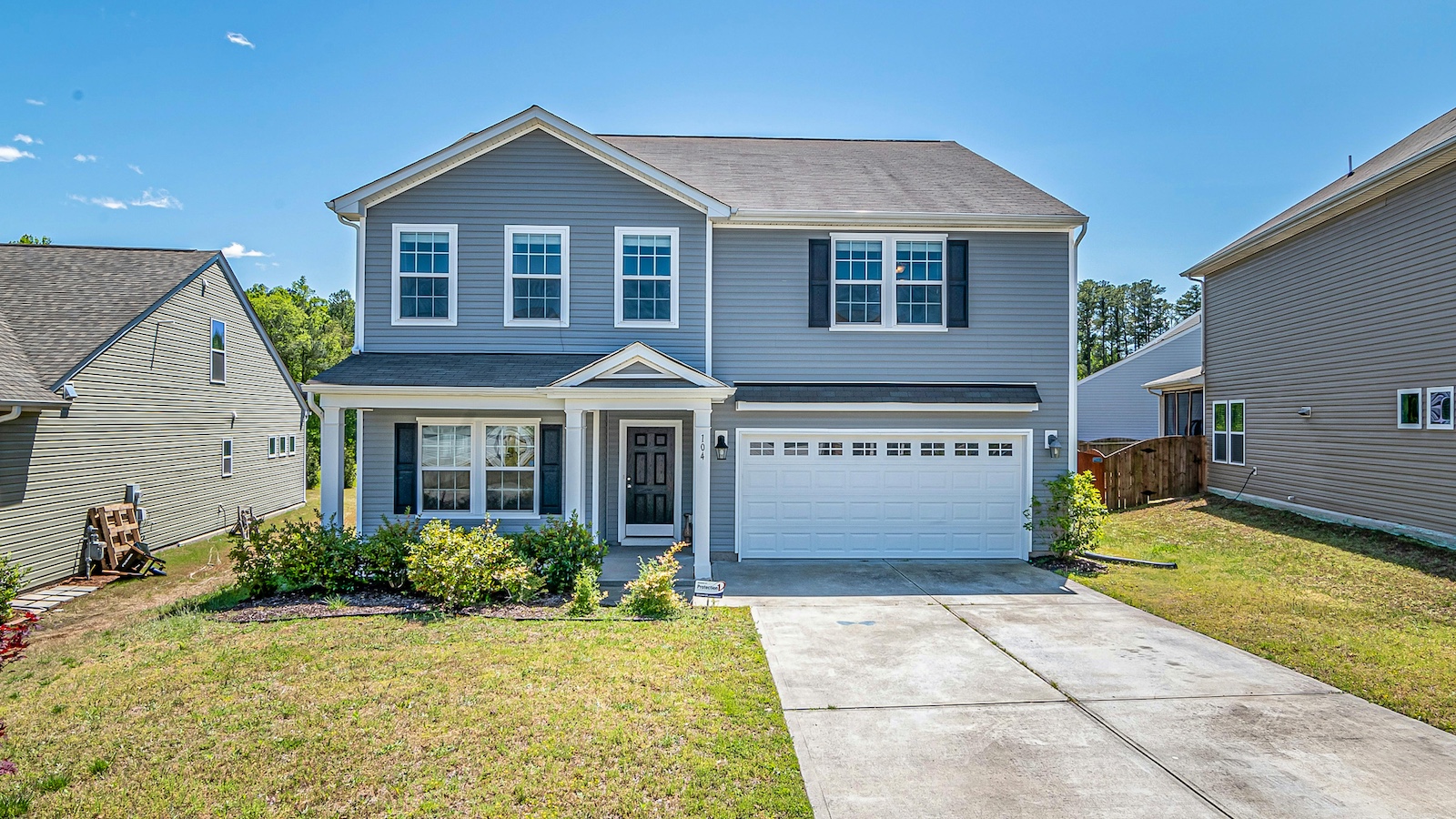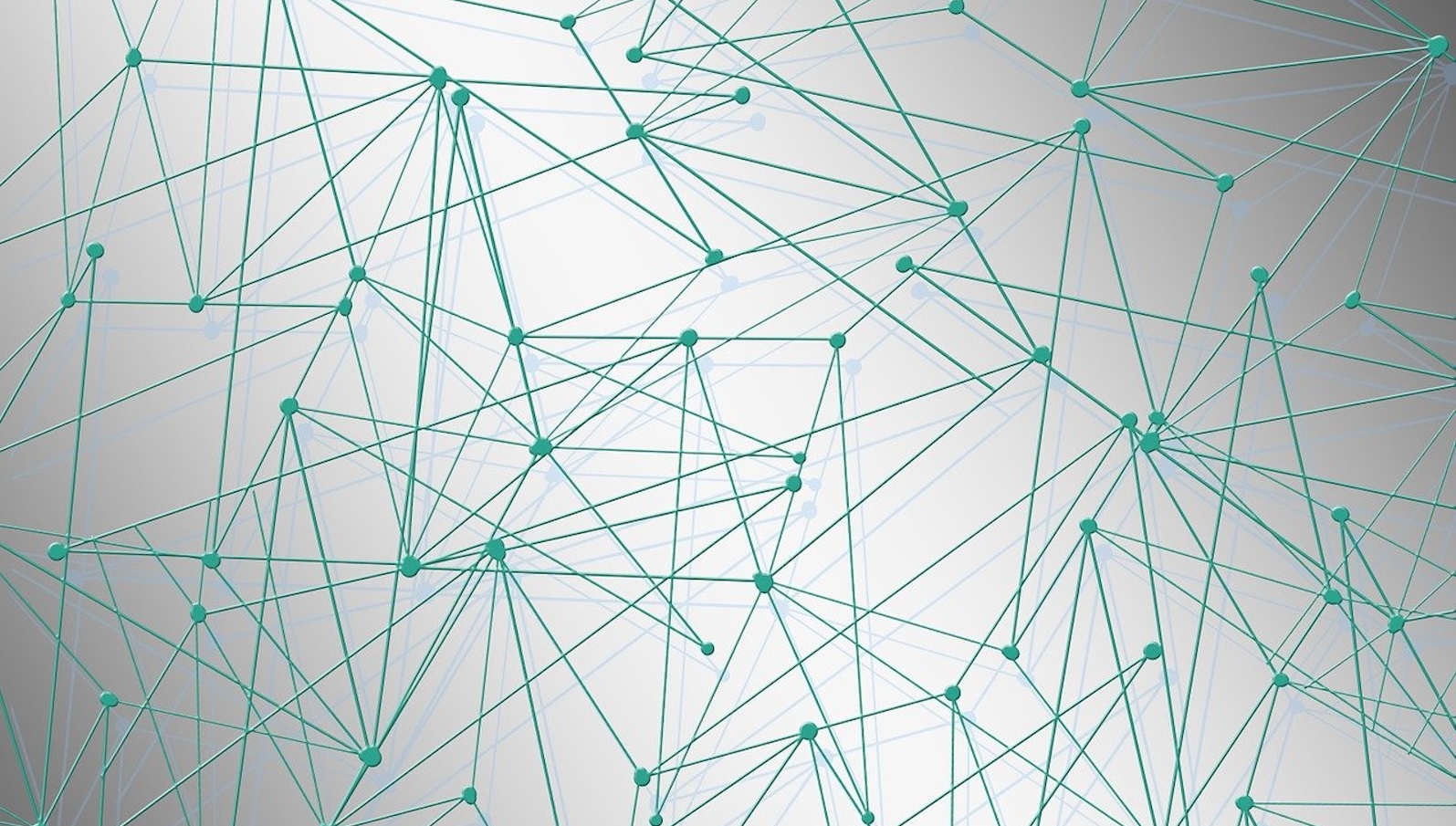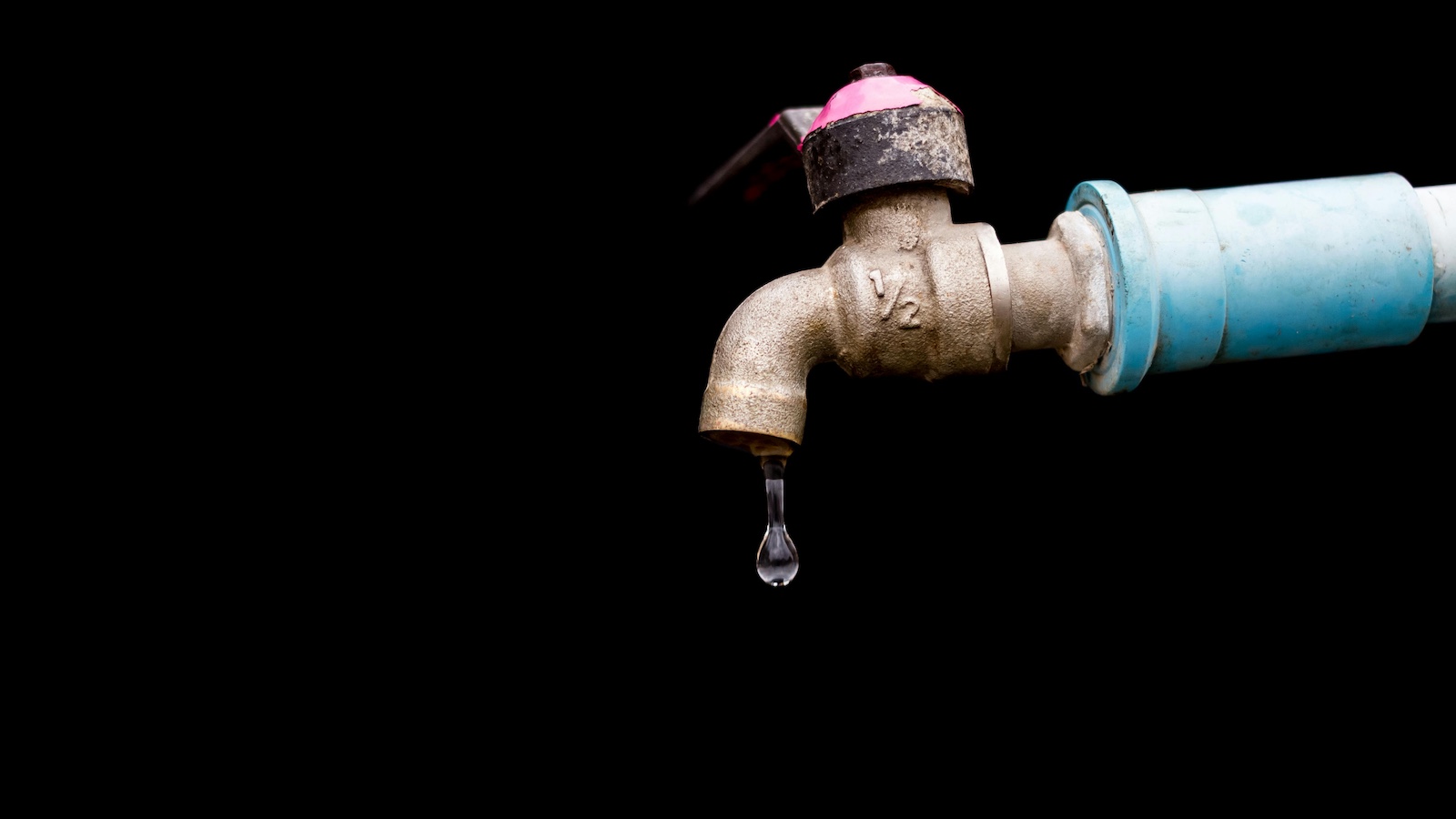For decades, insurance companies were seen as a safety net in the face of disaster. As homeowners sought to rebuild their homes following devastating storms or other events, home insurance could protect communities dealing with the aftermath.
But in recent years, the stakes have changed. Natural disasters, fueled by climate change, are becoming both more frequent and more costly. In 2023, the U.S. set a record: 28 natural disasters causing more than $1 billion in damages each.
Combine that with the fact that property insurance premiums have risen by 30% since 2020, and you get a clear picture: Reactive measures are no longer good enough. Instead, both providers and homeowners need to think more preemptively and focus on preventative measures that can mitigate the damage.
Some providers feel they can no longer offer coverage in certain states, citing the cost of disaster risks as the main factor. It's an unfortunate truth, but one that places providers and their policyholders on common ground when it comes to solving these issues.
Insurance companies are in a unique position to serve as leaders in the disaster preparedness space, helping their policyholders shift to an attitude of proactive resilience that benefits everyone in the long run. Here are four ways that providers can redefine disaster risk awareness.
Region-specific policy needs
The first step in educating homeowners — especially those moving to a new region — is to help them understand what kind of policy they need. This is especially true in the case of disaster preparedness, as certain policies may not include coverages that policyholders could ultimately need.
Take flood insurance. Most standard policies don't include it, yet only 6% of homeowners currently have separate policies to cover floods. That's despite the fact that 90% of natural disasters in the U.S. involve flood damage.
Earthquake insurance is similar. Even in California, where roughly 90% of the state is at risk, only 10% of residents have earthquake insurance. Together, both disparities help explain why 30% of losses accrued from natural disasters in 2023 were not covered by insurance.
By educating policyholders about what kinds of insurance they need, insurers can help homeowners prepare for the worst while simultaneously informing them about additional policies for floods, earthquakes and more. This kind of process also represents the type of transparent decision-making customers want from their insurance providers.
Money-saving modifications
There are countless preparations homeowners can make to brace themselves for disasters and reduce potential damages; however, many aren't sure which decisions can actually make a difference.
This is where insurance companies can become thought leaders — and develop long-standing relationships with customers — by transforming themselves into trusted, easy-to-use resources for disaster preparedness.
It could be as simple as writing blog posts with tips for storm-proofing your home or as complex as creating an interactive tool that offers solutions based on a policyholder's specific home type and risk factors.
In the same vein, some insurers have begun offering discounts — similar to those given for installing home security systems — to homeowners who make changes that lower their risk of damage when a disaster occurs.
Discounts can go a long way in maintaining customer loyalty, especially in this market. Recent research found that 61% of respondents said their insurance rates had increased over the prior year, so many consumers are likely seeking relief. For policyholders, the discounts may also be seen as ways to subsidize decisions that will ultimately make their homes safer to insure.
Predictive technology
Of course, the ultimate way to prepare for disasters is to predict when and where they'll strike. This is why it's essential that providers work with researchers, meteorologists and others — both to inform their own decision-making and to share information with their customers.
The Federal Emergency Management Agency's National Risk Index is an example of just how far we've come. The tool rates every county in America by its potential disaster risk and rates each disaster type by its likelihood of occurring.
Insurance companies of all sizes use tools to assess disaster risk and set rates, but the next step is sharing that information with policyholders in a clear and effective way. User-friendliness and interactivity reign supreme here — the easier it is for homeowners to take in the data, the more likely they are to prepare themselves.
Recovery made simple
Unfortunately, the reality is that destructive and costly disasters will continue to occur. So, while it's highly important for insurance companies to change the narrative around disaster preparedness, they also need to offer a comprehensive toolkit that includes relief during worst-case scenarios.
It's critical that providers form key partnerships with businesses that can help homeowners recover — like those responsible for repair, replacement and resupply. Here, insurers can serve as critical intermediaries for their clients while also ensuring that homeowners rebuild with high-quality materials that will mitigate future damages.
What's more, policyholders will be familiar with the experience. It's similar to the claims and repairs process in auto insurance: Companies work with a select number of garages that they know will work professionally and efficiently. The result is a system that benefits both providers and their customers.

